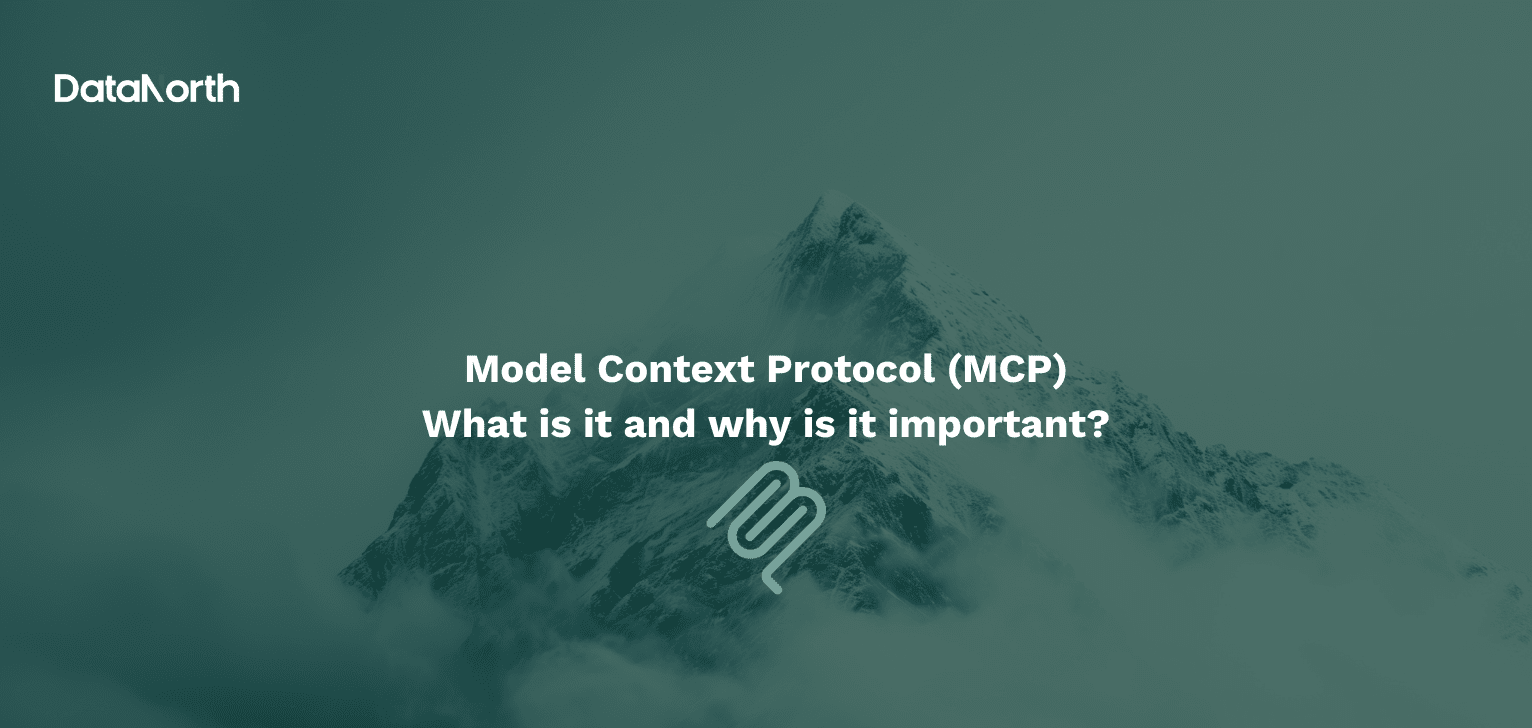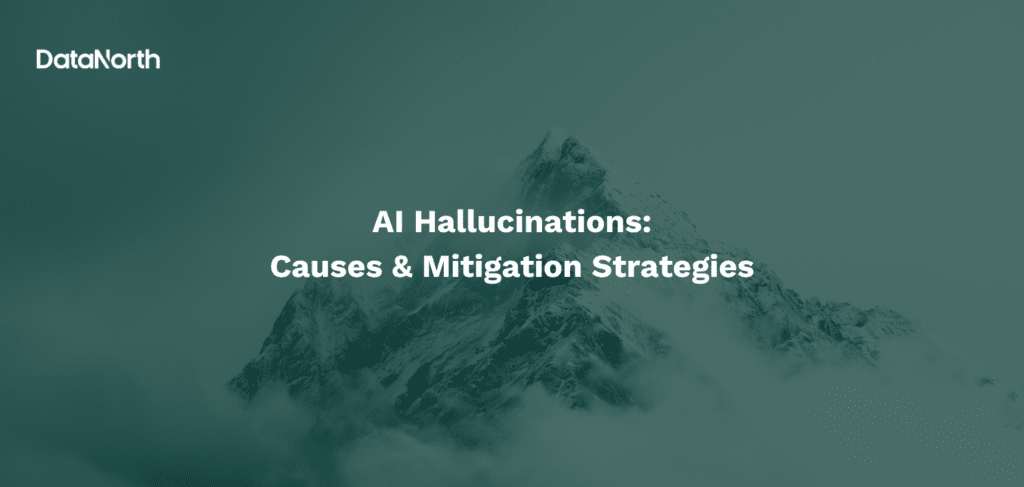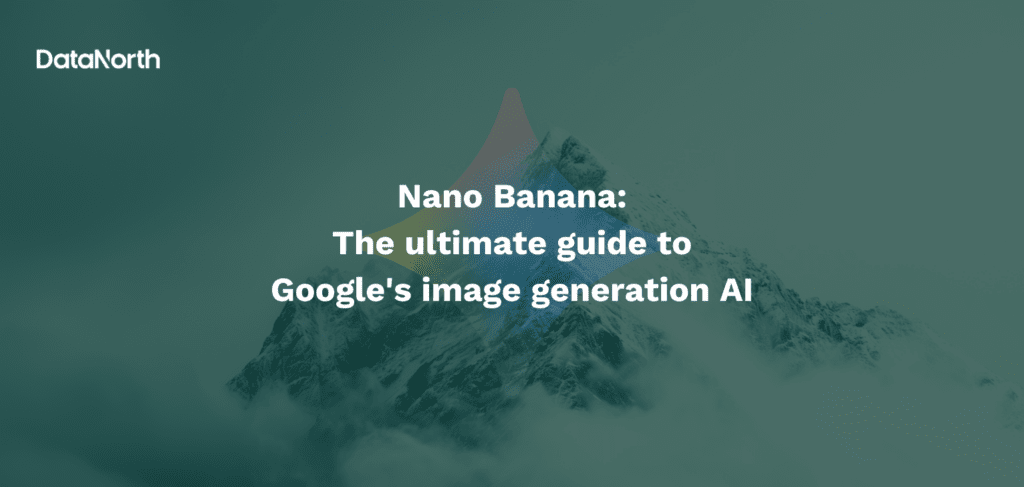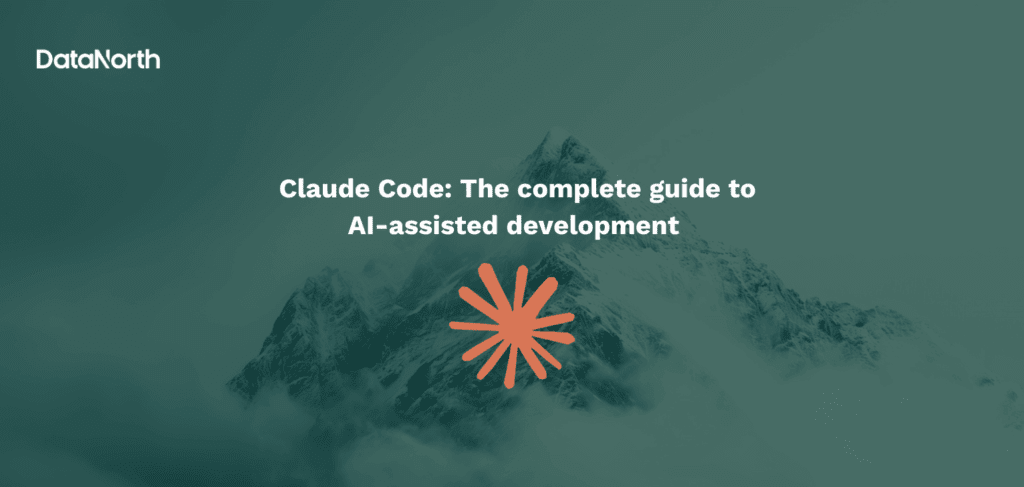Model Context Protocol
Artificial intelligence (AI) is advancing rapidly, and modern AI applications increasingly require access to a wide range of data sources and tools. Traditionally, connecting AI systems to external data has been complicated and inconsistent, making it difficult to build robust solutions. In late 2024, Anthropic introduced the Model Context Protocol (MCP), an open standard designed to streamline how AI applications interact with diverse data ecosystems and tooling. This article provides an accessible overview of MCP, covering its definition, benefits, architecture, and its potential to shape the future of AI.
What Is the Model Context Protocol (MCP)?
MCP is a universal standard that defines how AI systems (clients) securely and efficiently communicate with external data sources (servers). Developed by Anthropic, MCP bridges the gap between AI assistants and the vast data they need, eliminating the need for complex, custom integrations. By standardizing these connections, MCP enables AI to access files, databases, and APIs easily and securely. This approach builds trust and reliability in AI systems, much like how TCP/IP revolutionized internet communication by providing a common protocol for devices to interact.

Key Benefits of Model Context Protocol
- Reproducibility: MCP centralizes all the details an AI model needs-datasets, configurations, and parameters-making it easier to reproduce results and verify findings. This is crucial for scientific rigor and trust in AI.
- Standardization and Collaboration: MCP offers a consistent framework for sharing AI tools and data across organizations. Open-source communities benefit from easier integration and discovery of AI models, fostering innovation and collaboration.
- Improved Interoperability: MCP ensures that different AI applications and data sources can communicate and work together seamlessly, reducing the friction of integrating diverse systems.
- Enhanced Composability: By supporting modular design, MCP allows developers to build complex AI systems by combining reusable components, leading to faster development, greater flexibility, and easier maintenance.
MCP Architecture: How it works
MCP uses a client-host-server model:
| Component | Description | Key Functions |
| Client Instance | AI application or agent | Capability negotiation, message orchestration, maintains security boundaries. |
| Host Process | Container and coordinator | Manages client lifecycle, enforces security policies, gathers and merges context. |
| Server | External data source or tool | Provides context to language models in response to client requests. |
This architecture is built on JSON-RPC, a lightweight protocol for remote procedure calls, and uses stateful sessions to manage context exchange. The host ensures secure and controlled access to data, which is especially important for sensitive applications.
Comparison of Data Integration Approaches
| Feature | Traditional Integrations | Model Context Protocol (MCP) |
| Standardization | Fragmented, often proprietary | Universal, open standard |
| Interoperability | Complex, requires custom solutions | Seamless, built-in |
| Reproducibility | Can be challenging to ensure | High, context managed centrally |
| Security | Varies, potential for vulnerabilities | Designed with security in mind (client-host model) |
| Scalability | Can be difficult to scale | Designed for modularity and scalability |
| Ease of Implementation | Often complex and time-consuming | Simplified through standardized framework |
Example Workflow
Imagine an AI assistant scheduling a meeting:
- The assistant requests available time slots from an MCP server.
- The server retrieves this information from the participant’s calendar.
- The assistant uses its ‘add meeting’ tool to invite all participants to a meeting at a suitable timeslot.
This example shows how MCP standardizes and simplifies AI interactions with external data.
MCP’s Role in AI Evolution
- Solving Interoperability Challenges: MCP replaces fragmented, custom integrations with a unified protocol, making it easier to build scalable and secure AI applications.
- Enabling Context-Aware AI: MCP lets AI systems access real-time, relevant information, allowing them to provide more accurate and useful responses dynamically. No hard coding of data flows necessary anymore!
- Fostering an Open Ecosystem: As an open standard, MCP encourages broad adoption and collaboration, accelerating innovation across the AI community.
Practical Applications
- Smarter AI Assistants: MCP allows AI assistants to access calendars, emails, and documents, enabling more personalized and helpful responses.
- Better Data Integration for LLMs: Large Language Models can use MCP to access the specific data they need for tasks like answering questions or generating content.
- Facilitating Collaboration: MCP makes it easier for organizations and researchers to share AI models and datasets, speeding up development and discovery.
Conclusion
The Model Context Protocol is a major step forward for AI, offering a universal, secure, and efficient way for AI applications to connect with external data. Its benefits-reproducibility, standardization, interoperability, and composability-make MCP a foundational technology for the next generation of AI systems.






